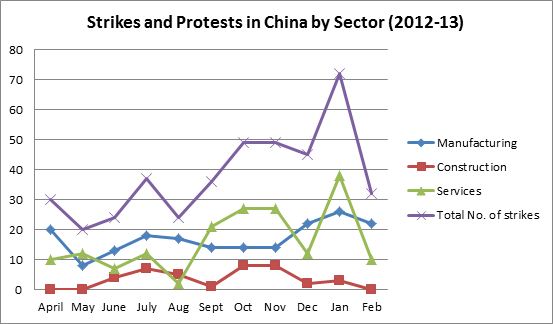Video: BJP’s Chief Minister in Bihar | Plans to Corner Nitish KumarBihar 2020: Race For Chief Minister https://t.co/UFmjxEhDND #bihar #india @PrashantKishor @NitishKumar @SushilModi @Jduonline @BJP4India @AmitShah @BJP4Bihar @RahulGandhi @priyankagandhi
— Paramendra Kumar Bhagat (@paramendra) September 17, 2019
Several Aspirants From BJP for CM’s Post in Bihar According to the sources in BJP, nearly half a dozen senior leaders including three Union Ministers (Giriraj Singh, Nityanand Rai and Ravi Shankar Prasad) and three ministers in Nitish Kumar-led BJP-JD(U) coalition government (Nand Kishor Yadav, Prem Kumar and Mangal Pandey) are key CM aspirants in the state. ...... One after another, senior BJP leaders continue to embarrass CM Nitish Kumar. ....... Despite Sushil Kumar Modi’s attempt at damage control – when he called Nitish Kumar ‘captain’ of NDA in Bihar – BJP leaders continue to target the CM. Modi had said that Kumar is and will remain the captain of the NDA in 2020 Assembly polls....... But within BJP, another name that is being discussed for the post of CM is of Nityanand Rai, who belongs to RJD chief Lalu Prasad’s caste – Yadav. Rai is being seen as a leader with the potential to make dent in Lalu’s traditional social support base. "BJP has already made a dent in Lalu's vote bank. Now, the party has to project a Yadav leader in place of Nitish Kumar to get their support," said a BJP leader and former MLA ....... Earlier this week, senior BJP leader Sanjay Paswan had unleashed a political storm when he stated that Nitish Kumar has occupied the chief minister’s chair for quite a long time.
The Churning in Bihar: Stage Being Set For Nitish Kumar to Lead Opposition Camp as Tejashwi Yadav Mopes RJD leader Shivanand Tiwari argued that since there was no credible opposition at the Centre these days, Kumar should come to national politics and unite all opposition parties as he had all along maintained his secular image....... The Rashtriya Janata Dal wants Bihar chief minister Nitish Kumar to lead the socialist-strain of political outfits in the absence of an acceptable towering leader among all the opposition parties in the country. ....... “There is a leadership vacuum in the opposition rank. I have watched Nitish Kumar in politics for nearly 35 years and I can vouch that he has the political guts and capability to become the Prime Minister of the country. He should throw the NDA yoke and become the opposition face at the national level,” Tiwari said. .......The Hindustani Awam Morcha (HAM) led by former chief minister Jitan Ram Manjhi, too, has advised Kumar to walk out of the NDA and work on an alternative platform. “It is high time that all like-minded leaders should come forward and provide an alternative to the present dispensation,” Manjhi said. ....... Such overtures are being considered as an open invitation to the JD(U) chief to join hands with the RJD once again before the 2020 assembly elections and cobble up an alliance of like-minded opposition parties........ The RJD is mulling over such possibilities due to perceived disenchantment of party leader Tejashwi Prasad Yadav with politics and his reluctance to lead the party as well as the opposition. He has been conspicuous by his absence since the party’s rout in the Lok Sabha election, where the RJD had for the first time drawn a blank.......
Senior RJD leaders too are mulling over getting rid of Lalu’s scions. Some of them have even proposed to elect or nominate a working president to run the party
...... Against this backdrop, it appears that stage is being set for a churning in the opposition camp with Nitish Kumar as the main protagonist before the assembly polls in some states next year. .......On its part, the JDU has already opposed the Triple Talaq Bill and Article 370 in both the houses of Parliament. The party has diametrically opposite stand on uniform civil code and Ram Mandir and wants the two issues to be settled either through court verdict or consensus among the stakeholders
........ Though JDU is part of NDA at the Centre and in Bihar, it has decided to contest elections in four states ofDelhi, Haryana, Jharkhand and Jammu and Kashmir
individually to increase the number of votes polled in parliamentary and legislative elections so that it could attain the status of a national party by 2020. At present, the JDU is now recognized party in Bihar and Arunachal Pradesh........ A wily politician, Nitish has begun the exercise to expand his horizon beyond Bihar - at least in Hindi heartland and north-eastern states. He is attempting to draw a bigger line than the present regional leaders like Akhilesh Yadav, Mayawati, Mamata Bannerjee and Navin Patnaik.Why the BJP needs Nitish Kumar in Bihar On September 9, Bharatiya Janata Party (BJP) MLC Sanjay Paswan said it was time for Bihar chief minister and the Janata Dal (United), or the JD-U, chief Nitish Kumar to move to Delhi......... "We have complete faith in Nitish Kumar's honesty, good governance and competence," Paswan told the media. "My only request is that Nitishji should also trust the BJP the way we have trusted him as chief minister for 15 years and let the BJP have one term [as Bihar CM]. Either Sushil Modi or Nityanand Rai can be given a chance." ......... Nitish is yet to respond to these statements, but the state BJP leadership has already swung into damage control. Bihar deputy CM Sushil Modi, the BJP's tallest leader in the state, tweeted and then retweeted that Nitish Kumar is the skipper of the NDA in Bihar and that he will "remain its Captain in next assembly elections in 2020". The purpose of Modi's tweets was twofold--to unruffle JD-U's feathers and to silence his saffron party colleagues......
nearly 70 per cent new voters have voted for Nitish Kumar. It means every second new voter has voted for Nitish Kumar
...... The new voters, Bihar's youth, are intelligent and perceptive and determined who they should look to for vision and leadership. They can differentiate between a run of the mill politician and a statesman like Nitish Kumar.......Nitish Kumar has remained the fulcrum of Bihar politics since his party defeated Lalu Prasad's RJD in the 2005 assembly polls.
From then to 2019, Bihar has seen four Assembly and three Lok Sabha polls. And barring the 2014 Lok Sabha election--when Bihar was swept along with the country by the Narendra Modi wave--the winner had Nitish by his side in six of those seven elections. "As Bihar prepares for assembly polls next year, these details further confirms why Nitish Kumar is important for us," says a senior BJP leader........ Nitish's voter base is the numerically significant extremely backward castes (EBCs), which account for 30 per cent of his votes; and the Mahadalits (the most marginalised among the scheduled castes), which account for 15 per cent. Caste-neutral women, whom the CM won over with his landmark 2016 decision to impose prohibition in the state, form the nucleus of the JD-U's strength. These three sections make up over 45 per cent of voters in Bihar......... "Next year, the BJP may begin its negotiations for the 2020 assembly polls by demanding at least an equal number of seats. And at least a section of BJP leaders may create trouble if team saffron wins a higher number of seats," said a senior JD-U leader.PM retains five ministers from Bihar; Nityanand Rai new face Speculation, however, was rife in the state’s NDA circle on Thursday that the PM would accommodate three from the BJP,two from the JD(U) and one from LJP in his new team........ The ratio so discussed was in accordance with the respective strengths of the three NDA partners from the state in Lok Sabha. BJP had won 17 seats, JD(U) 16 and LP six
Jitan Ram Manjhi refuses to accept Tejashwi Prasad Yadav as GA leader
As a Reward for Winning Bihar for NDA, Nityanand Rai is MoS in Home Ministry He was given the responsibility of the party in 2016 when the BJP was said to be divided in several factions and its morale was at an all-time low after having lost to the grand alliance miserably in 2015....... Shah saw in Rai the spark and ignored several senior faces in Bihar to lead the party.
Time and option fast running out for Nitish Kumar Amid such strained ties, Nitish is keeping a hawk’s eye on rebel RJD MLAs who have pledged “unconditional support during any crisis.” Besides, the JD (U) strongman has kept Congress too in good humour by not speaking anything against the grand old party
Doubts in people's mind on multi-party system: Shah come three days after he raised another controversy when he pitched for 'One Nation, One Language' to make Hindi as the national language.
‘RJD will have no alliance with Nitish Kumar’s JD(U)’: Tejashwi Prasad
Why Nitish, Mamata, Uddhav and Kamal Haasan need Prashant Kishor
No Arun Jaitley or Prashant Kishor by his side, Nitish Kumar struggles to deal with BJP The latest among the host of issues that have triggered rifts between the two is the BJP’s demand for a national register of citizens (NRC) in Bihar........ A senior BJP leader and minister in the Nitish Kumar government, Vinod Singh, wanted an NRC in Bihar to expel “Bangladeshi infiltrators”. The JD(U), however, dismissed the demand, saying there are no illegal immigrants in Bihar. ....... Four years later, Jaitley played a key role in negotiating Nitish’s return to the NDA fold........ Nitish, he said, was having an “unusually long talk with Arun Jaitley”, who was finance minister at the time. As Nitish returned, Jaitley played a role in convincing the BJP brass to give Nitish equal number of seats in the 2019 Lok Sabha polls........ “If I have had the opportunity to serve the people of Bihar, it was largely due to Arun Jaitley, and I will never forget it in my life,” he said. “Whenever there were differences, Arun Jaitley showed that they can be dealt with through talks.” ....... The poster war started Sunday, when a new hoarding was installed outside the JD(U) office in Patna with the message “Kyu Karey Vichar, Theek Toh Hai Nitish Kumar (Why think of an alternative, Nitish Kumar is OK)”. The hoarding was allegedly put up by R.C.P. Singh’s supporters. The RJD then installed its own take on the slogan: “Kyu Na Karey Vichar… Bihar Jo Hai Bimar (Why not think of an alternative, given that Bihar is ailing)”.
Opposing Modi govt on triple talaq and Article 370, Nitish Kumar signals a shift. Again The answers may appear unclear now but
Nitish Kumar’s challenge to Narendra Modi’s BJP at its peak is unmistakable.
Nitish Kumar captain of NDA in Bihar, hitting fours and sixes: BJP's Sushil Kumar Modi "@Nitish Kumar is the captain of NDA in Bihar and will remain its captain in next assembly elections in 2020 also. When captain is hitting fours and sixes and defeating rivals by innings where is the question of change," the deputy chief minister said on Twitter...... "The BJP respects its allies and their leaders. We abide by the coalition dharma. Expression of a personal opinion, or even that of sentiments of workers or general public must not be confused with the party's official stand," BJP state spokesman Nikhil Anand tweeted on Tuesday.
JD(U) rejects RJD proposal for Nitish Kumar to lead opposition parties at Centre “Thank you for the offer and accepting Nitish’s capability as a leader. But let me make it clear to all the GA [Grand Alliance] leaders that JD (U) is very much a part of the [BJP-led] NDA [National Democratic Alliance]. The... [NDA] is going to contest the 2020 assembly polls under his leadership in Bihar,” said JD (U)’s principal general secretary K C Tyagi. ...... Tyagi said the main reason of corruption, which forced the JD (U) to quit the RJD-led GA in 2017 remained. “Nitish Kumar’s USP has been that he has not compromised on three Cs [crime, corruption, and communalism]. Despite being with the NDA, he maintains the same posture and has differed with its alliance partner [BJP] on several issues...” ....... The JD (U) plans to contest assembly elections in Jharkhand, Delhi, and Haryana on its own even as it remains a part of the NDA. It has differed with the BJP and opposed the law that criminalizes the practice of instant divorce among a section of Muslims and abrogation of Constitution’s Article 370 that gave Jammu and Kashmir a special status.
JDU to contest elections on all Assembly seats JDU will contest elections on
all the 81 assembly seats of Jharkhand
, said JDU National President Sanjay Kumar. “JDU is the only party, emerging fast as a new option in the State. Our aim is to bring a drastic change in Jharkhand by inclusive growth of the people residing here,” said Kumar....... Jharkhand is looking back at a trail of broken promises, political instability and deep-rooted corruption as it completes more than a decade. The state has always made news for the wrong reasons, instability and corruption. ...... The nexus of politicians, bureaucrats and contractors are virtually plundering the State.'No Shah, Sultan or Samrat must renege on' unity in diversity Promise, says Kamal on Hindi imposition ....... Referring to the country's National Anthem, Haasan said it was penned in a language (Bengali) that was not mother tongue to most citizens........ "Most of the nation happily sings itsNational Anthem in Bengali with pride, and will continue to do so." ....... "The reason is the poet (Rabindranath Tagore) who wrote the National Anthem gave due respect to all languages and culture within the Anthem. And hence, it became our Anthem," he said........ AIADMK leader and Tamil culture Minister K Pandiarajan had said if the Centre imposed Hindi unilaterally, there will only be (adverse) reaction and no support, not only in this state, but also in West Bengal, Karnataka and Andhra Pradesh, all non-Hindi speaking ones.
Bihar CM Nitish Kumar is set for another term, but what's next for him Assuming that Kumar leads the NDA in the 2020 election, it will be probably his last election for the chief minister's position
Nitish Kumar Gears Up to Fill Opposition Void, Targets Pan-India Presence with JDU Expansion Nitish Kumar has begun the exercise to fill the void and expand his horizon beyond Bihar. He is attempting to draw a bigger line than the present regional leaders such as Akhilesh Yadav, Mayawati, Mamata Banerjee and Naveen Patnaik......... After deciding to stay away from the Narendra Modi 2.0 government at the Centre, the Janata Dal United (JDU) leader Nitish Kumar has decided to embark on his party’s expansion and capacity building plan at the national level to have its pan-India presence........ This opportunity has come to the JDU after the crushing defeat of Congress at the national level, electoral setback to RJD and its regional allies in Bihar, and perceived dwindling base of the Samajwadi Party and Bahujan Samaj Party in the neighbouring Uttar Pradesh. ......
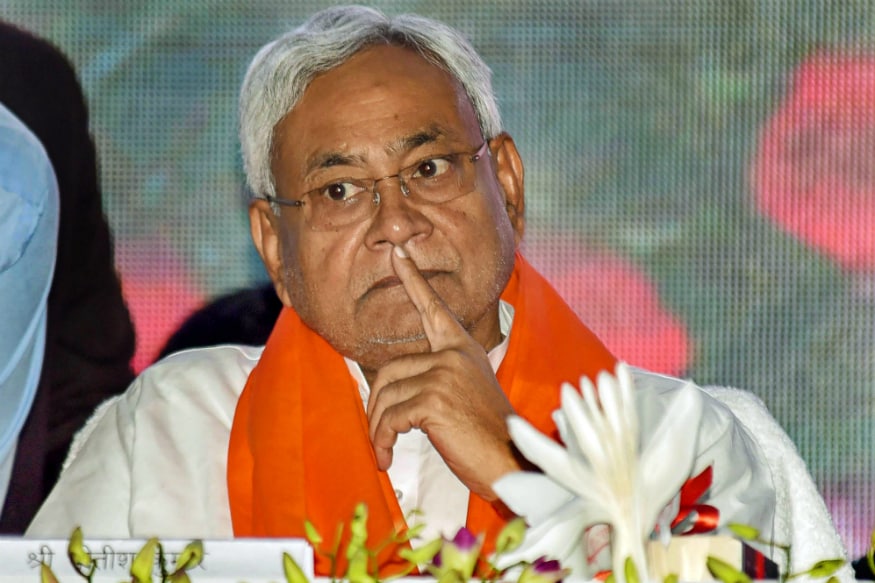

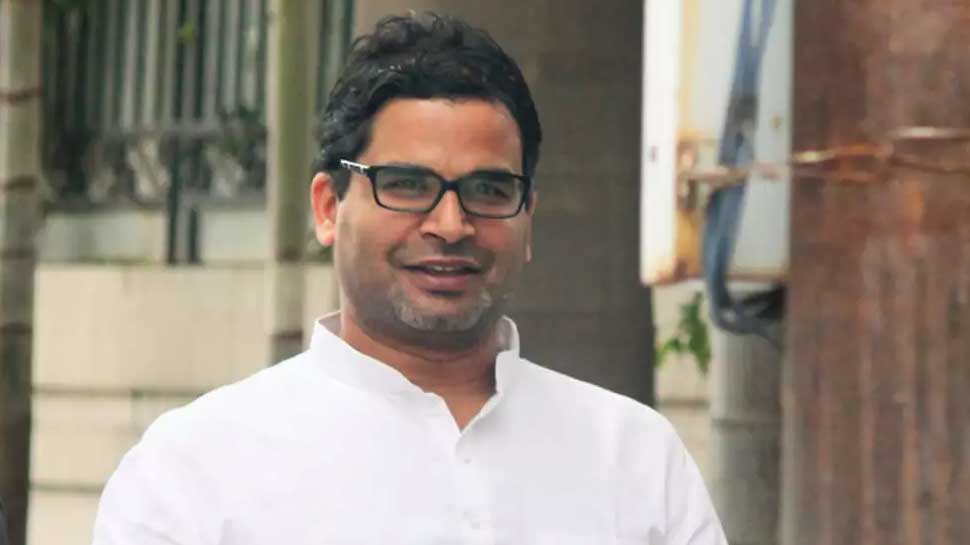

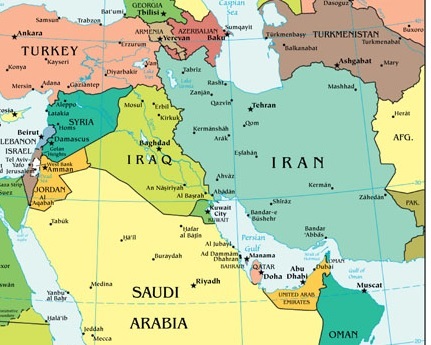


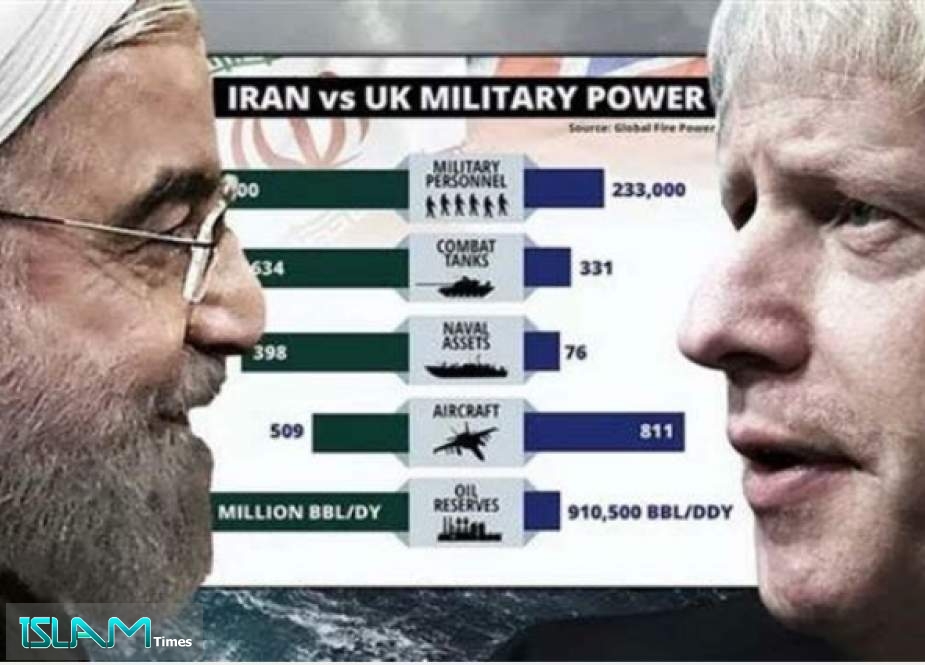



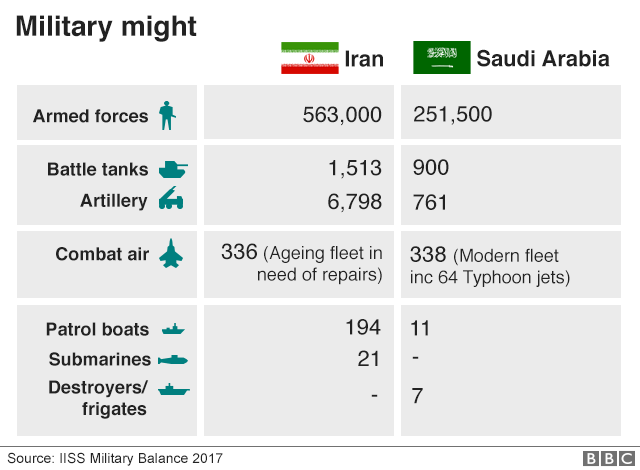
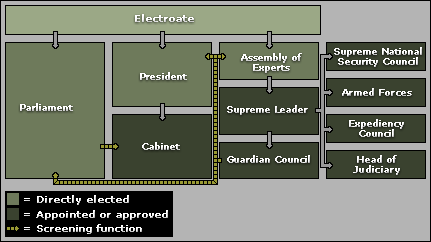

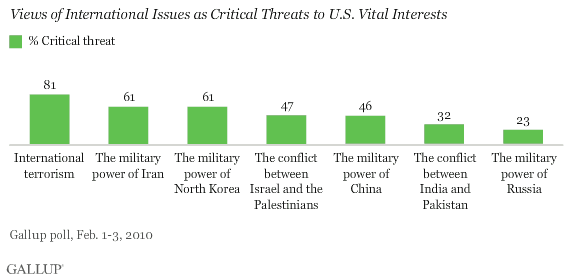
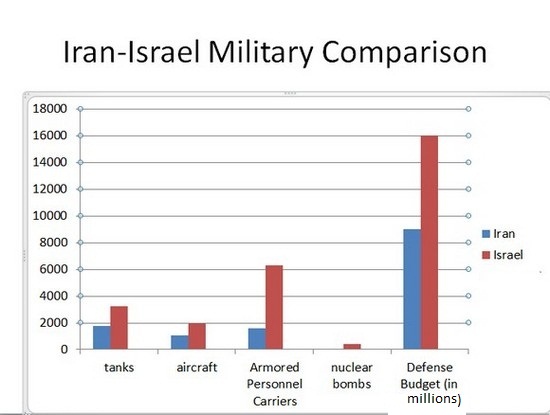
/arc-anglerfish-arc2-prod-mco.s3.amazonaws.com/public/6W6HTP65UZEEPDWPI6QSL2BIWM.jpg)


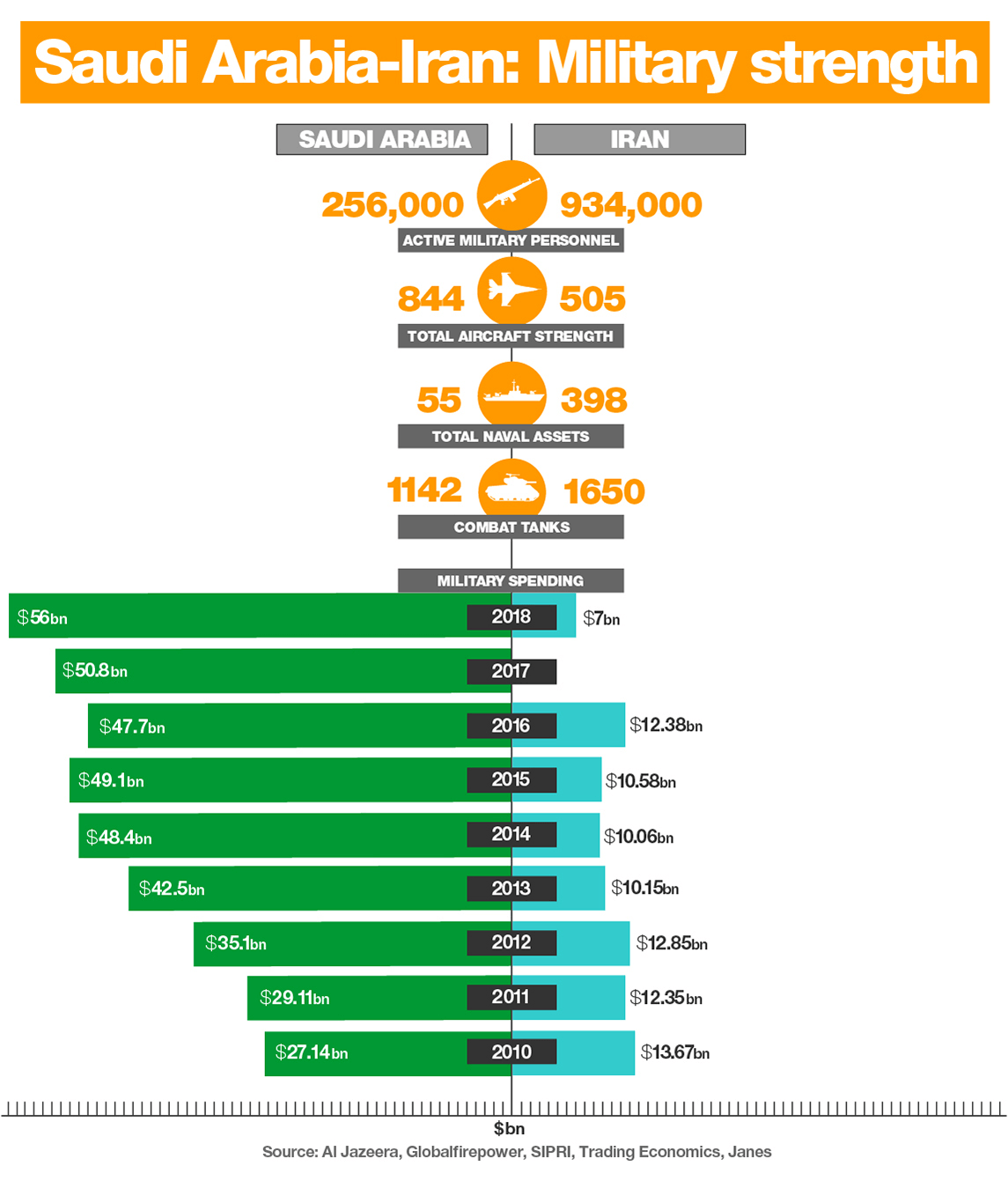


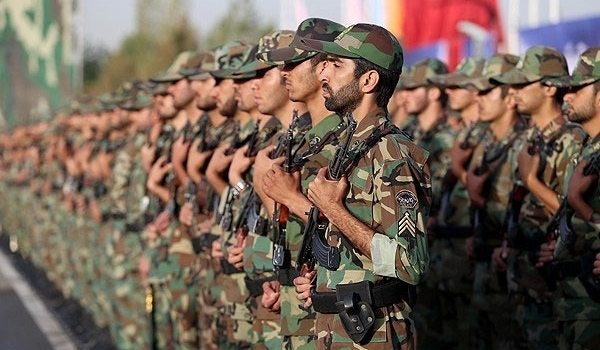


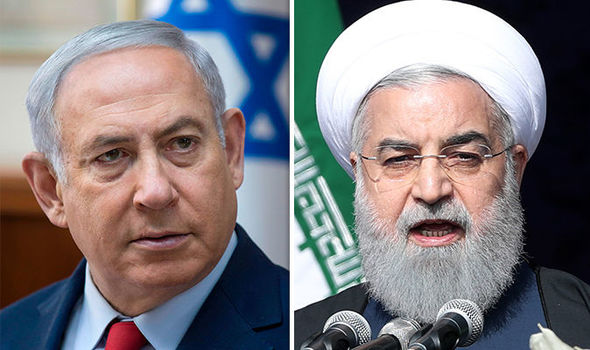




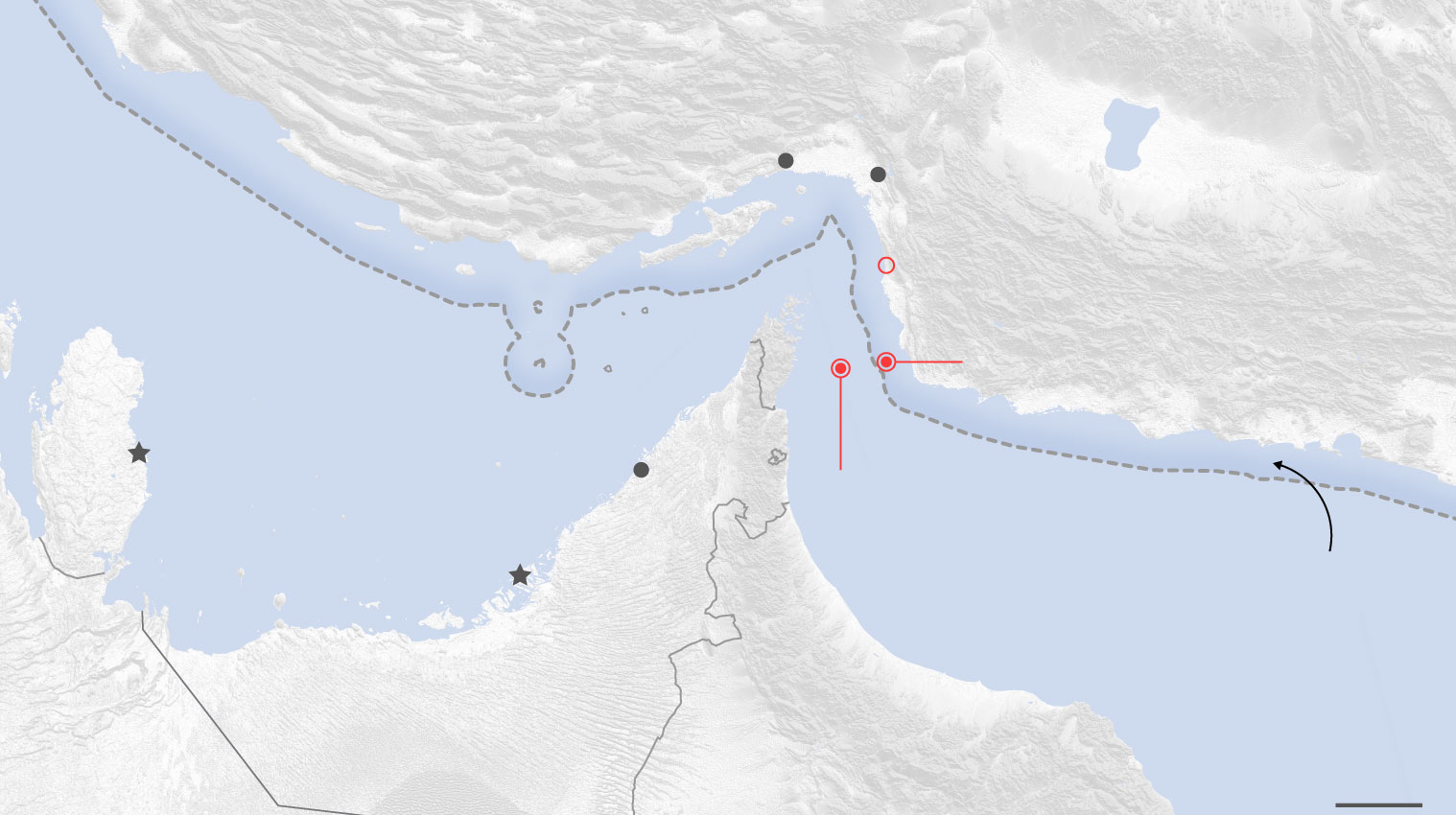
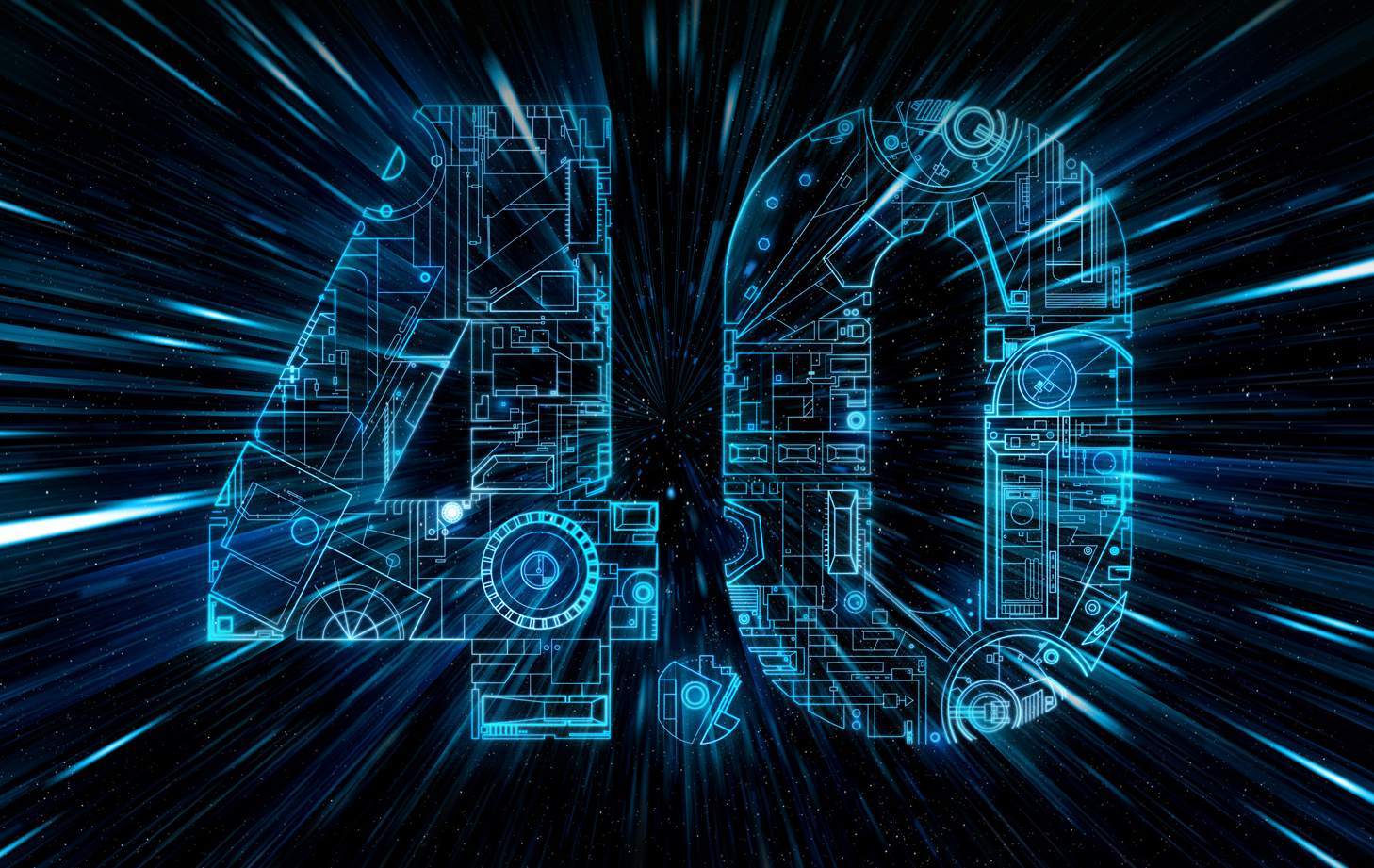


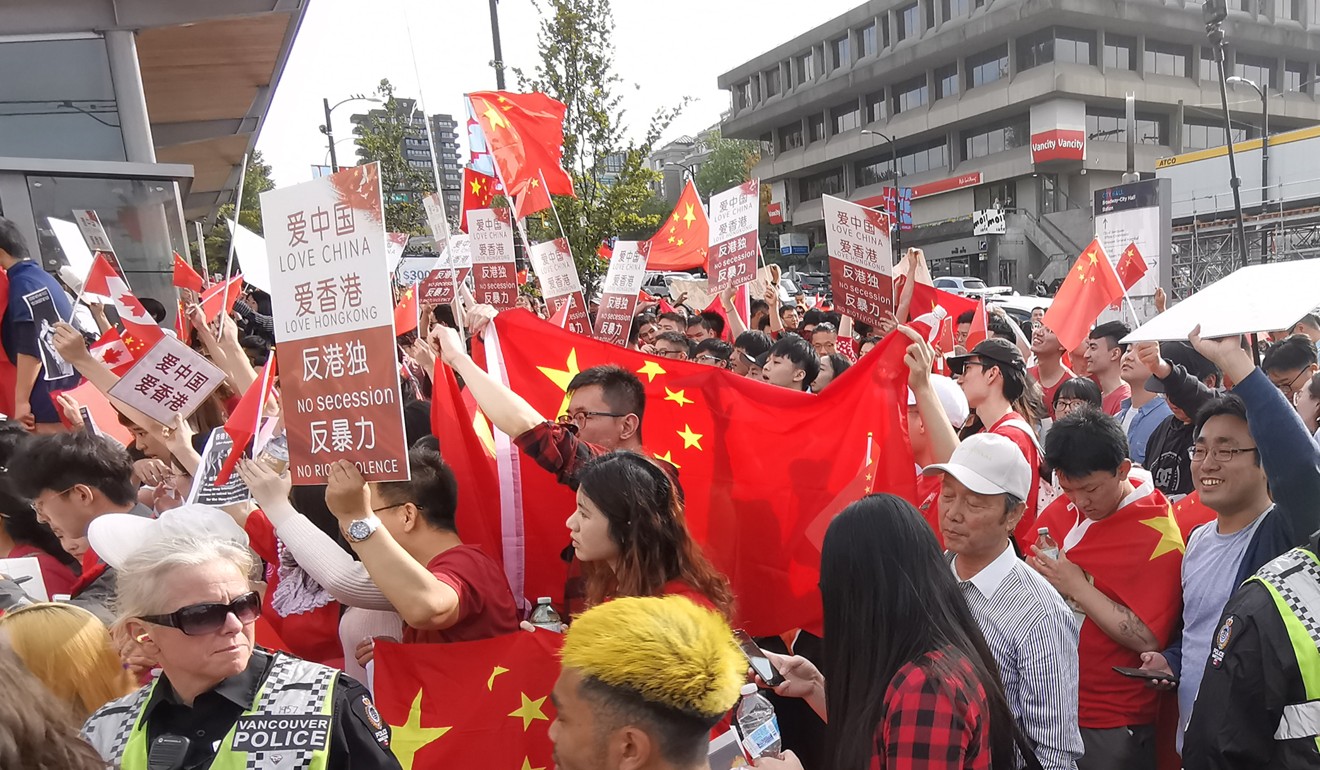
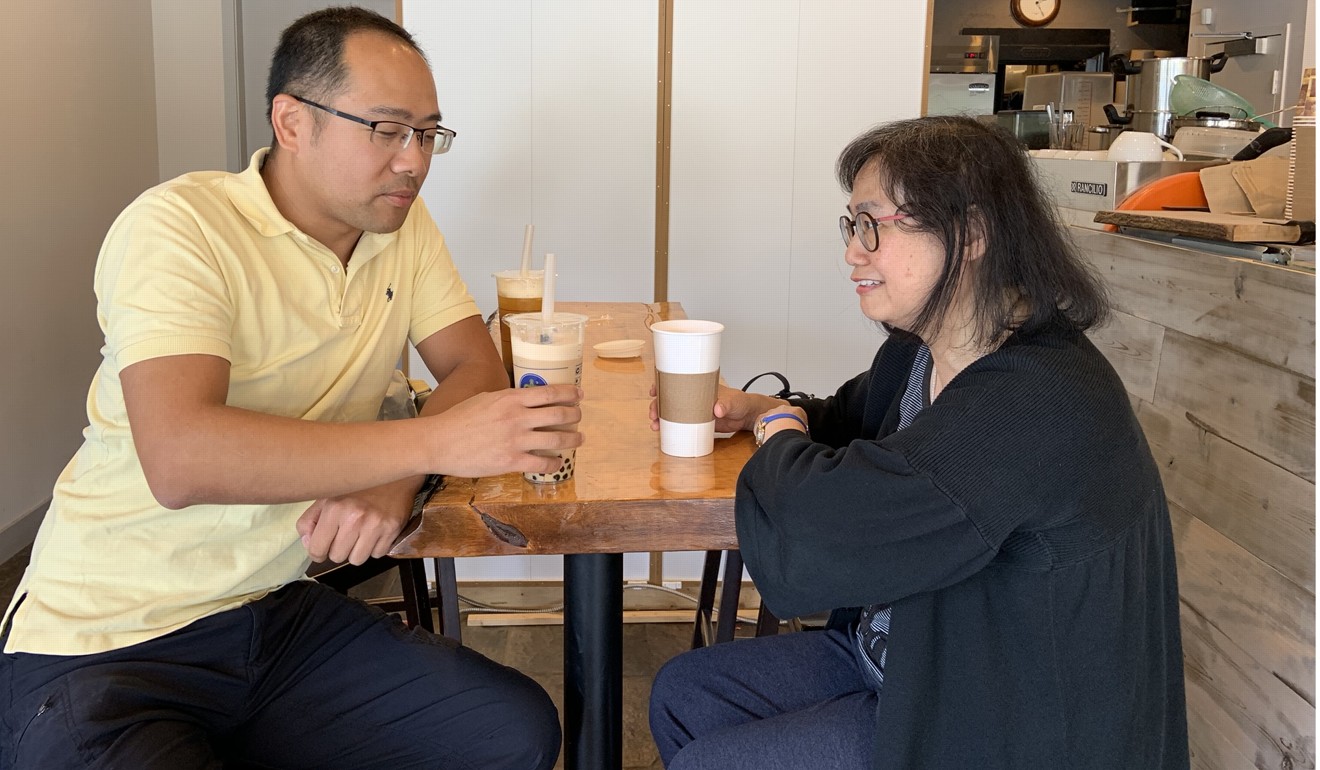

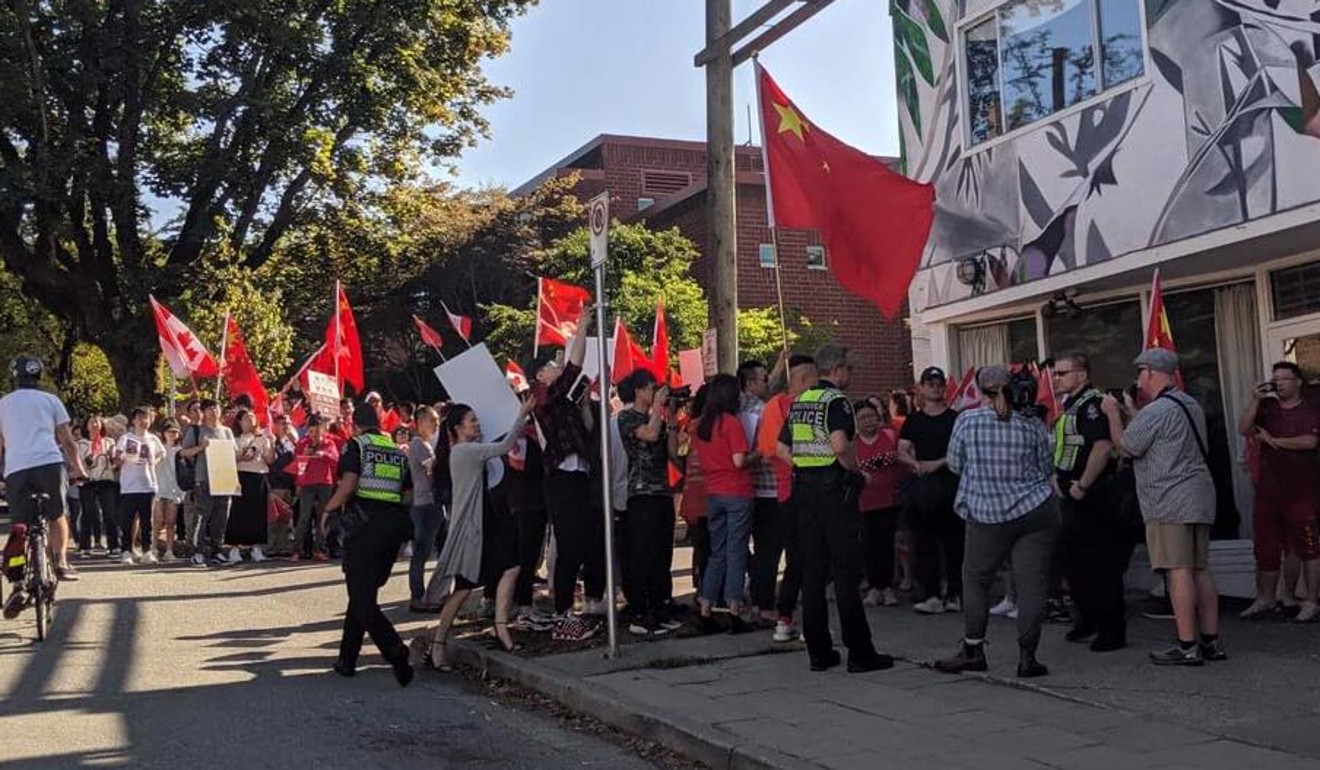

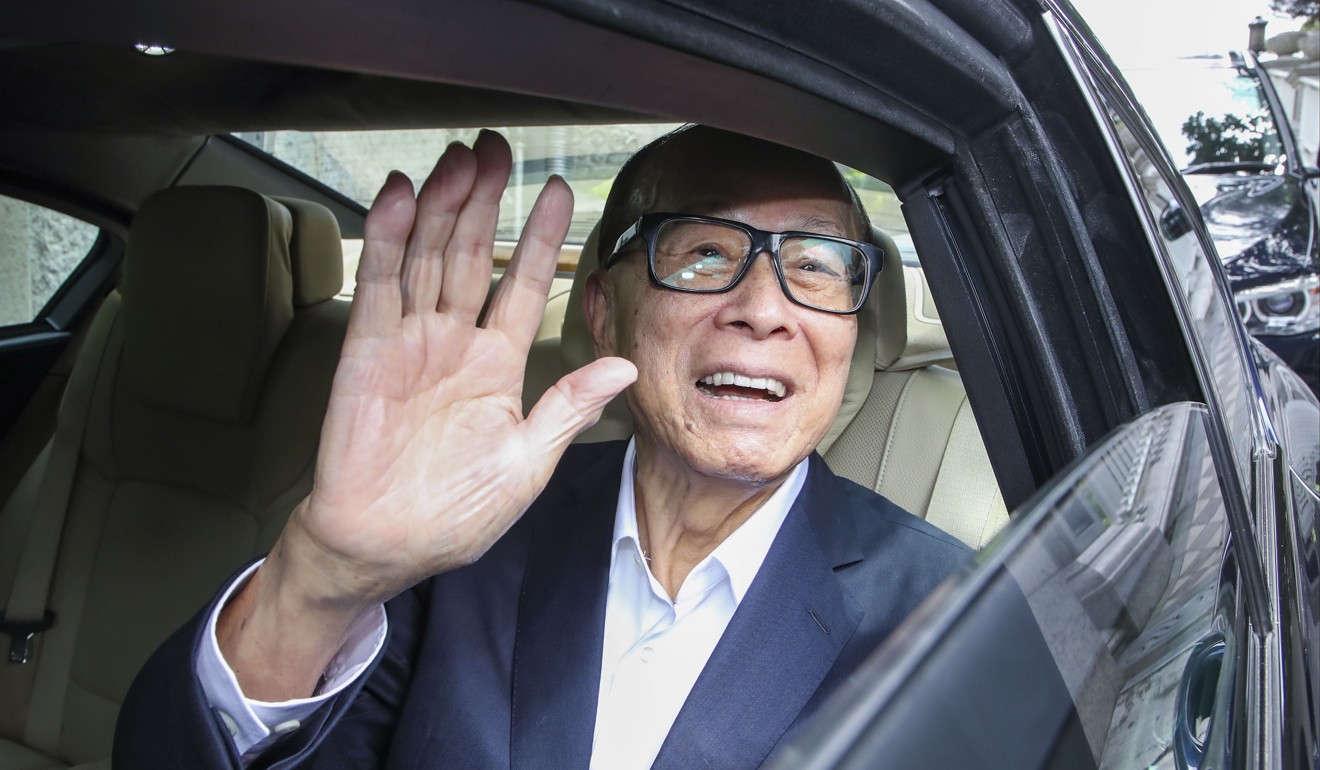
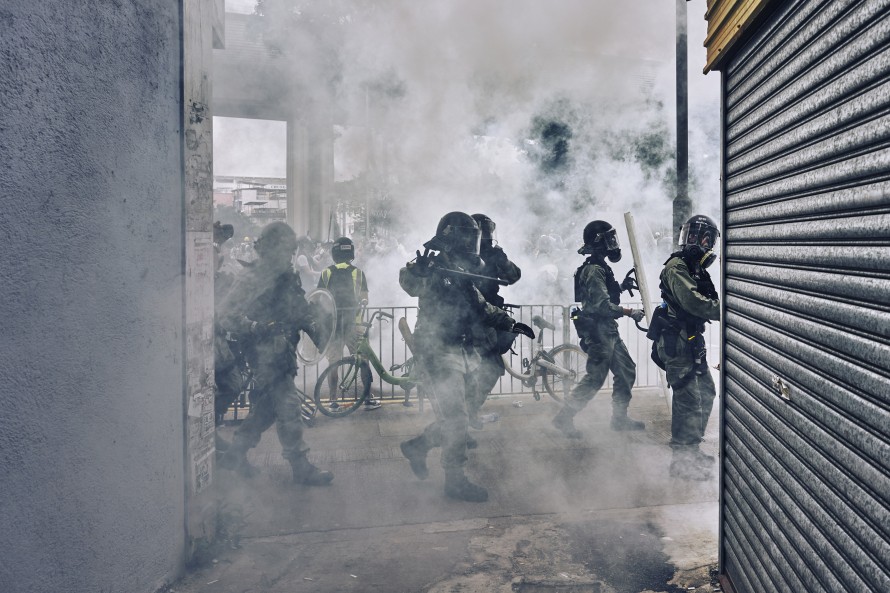

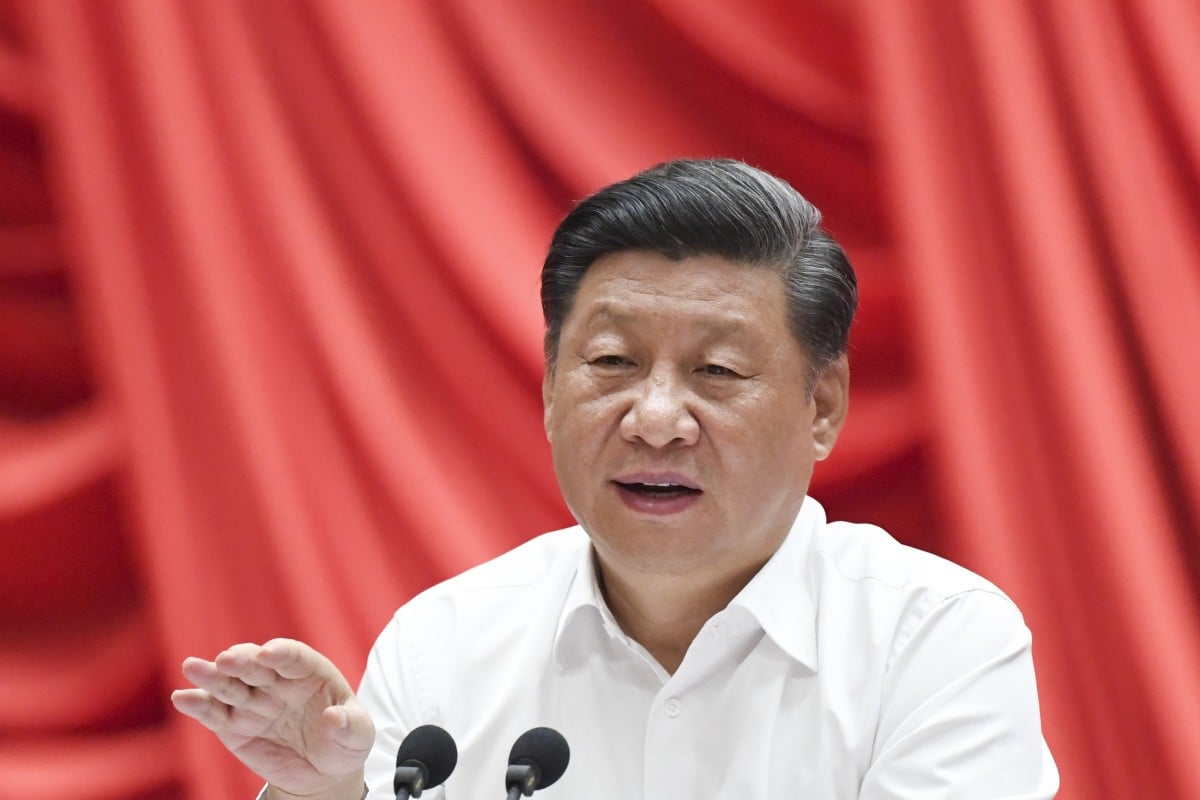



:no_upscale()/cdn.vox-cdn.com/uploads/chorus_asset/file/19038045/081919.jpg)
